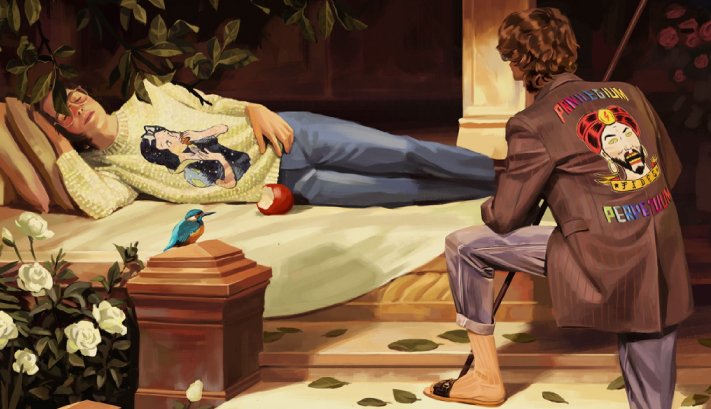The Art of Storytelling: Crafting Compelling Narratives
In the world of fashion marketing, the ability to write captivating narratives has become a critical skill. With consumers fed by a constant stream of content on social media platforms, brands must stand out by telling stories that resonate on a deeper level.
Stories have the power to captivate, inspire, and connect. Fashion brands that excel in the craft of storytelling can create an emotional bond (explained here on Forbes.com) with their audience, making their products more than just garments but part of a larger narrative.
One of the key elements of successful storytelling is authenticity. Audiences have become selective and seek genuine connections. Authenticity is about revealing the heart and soul of a brand, showcasing its values, heritage, and the people behind it. These authentic stories can take many forms, from the journey of a brand’s founder to the craftsmanship of a specific collection.
Visual storytelling is also crucial in today’s fashion industry, where aesthetics and visuals are paramount. Platforms like Instagram, Pinterest, and TikTok are fertile ground for brands to express their narratives through captivating imagery and videos. Beauty company Sephora has taken this opportunity to the next level by opening an incubator with TikTok for smaller companies. A well-composed photograph or a short video clip can convey the essence of a brand’s story, allowing consumers to emotionally engage with it.
Moreover, storytelling is not limited to individual posts or advertisements; it’s about creating a coherent and compelling brand narrative that unfolds over time. This narrative can share a brand’s history, such as Chanel’s 100 years of Chanel N°5 perfume, but also its values, the inspiration behind collections, and even the journey of individual pieces, from design to production. One of the biggest strength of Louis Vuitton’s marketing is it’s ability to create campaigns around “L’Art du Voyage”. Historically famous for creating luggage, the brand has kept travelling as its main inspiration.
Another dimension of storytelling is involving the audience. Social media’s interactive nature allows brands, such as Karl Lagerfeld, to engage in conversations with their followers. User-generated content, such as sharing customer testimonials and photos of people wearing the brand’s products, can amplify and enrich the brand’s story.
Ultimately, the art of storytelling in fashion marketing is about making the brand relatable, memorable, and emotionally resonant. When consumers feel a connection to a brand’s narrative, for example Good American’s body positivity fight, they are more likely to become loyal customers and brand advocates.
Storytelling in fashion is a powerful tool. It allows brands to communicate their essence, values, and identity to a broader audience. As social media continues to evolve, the ability to craft compelling narratives remains at the forefront of fashion marketing, enabling brands to create lasting and meaningful relationships with their customers.




